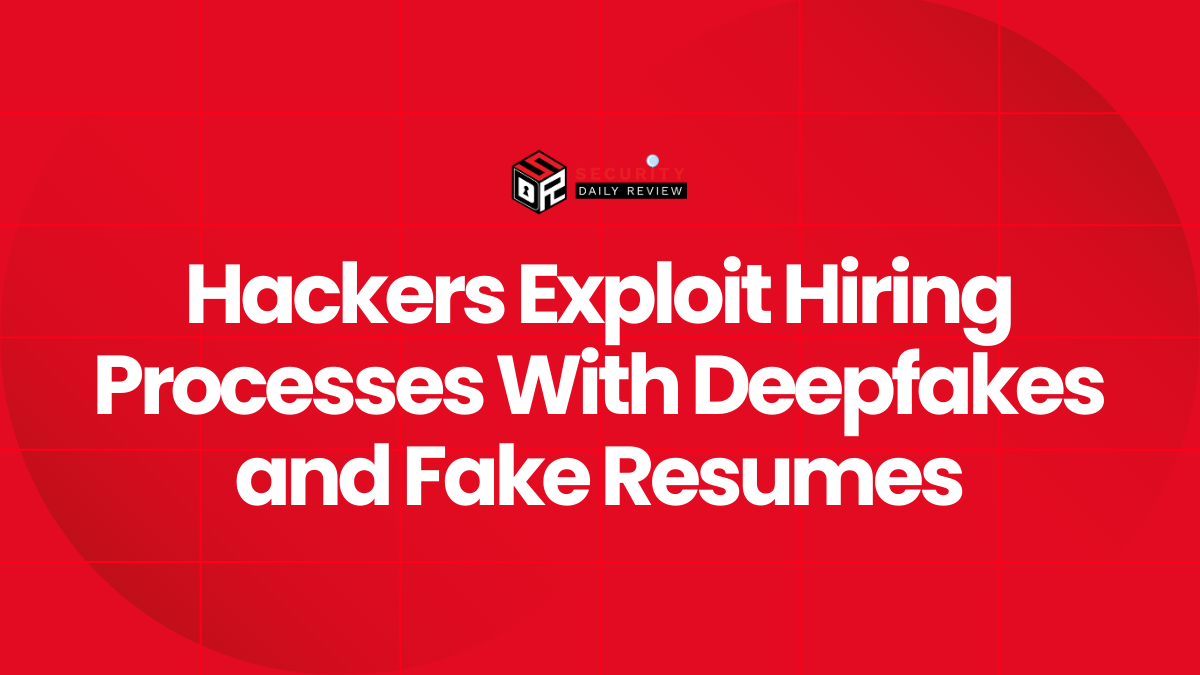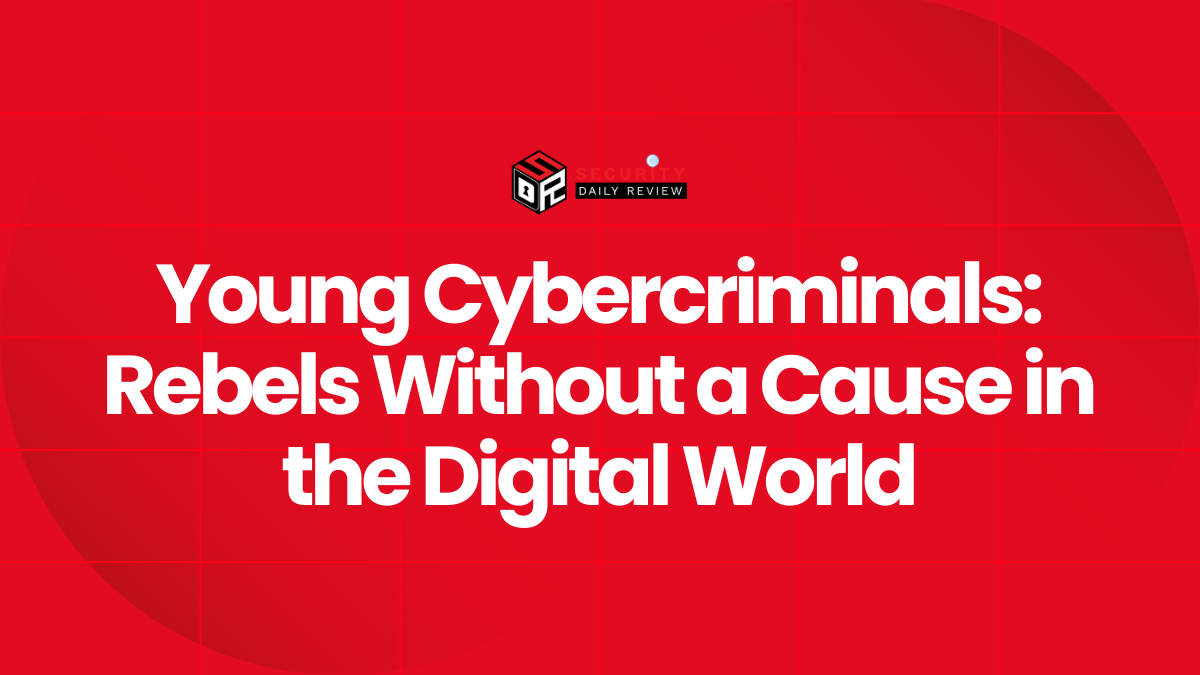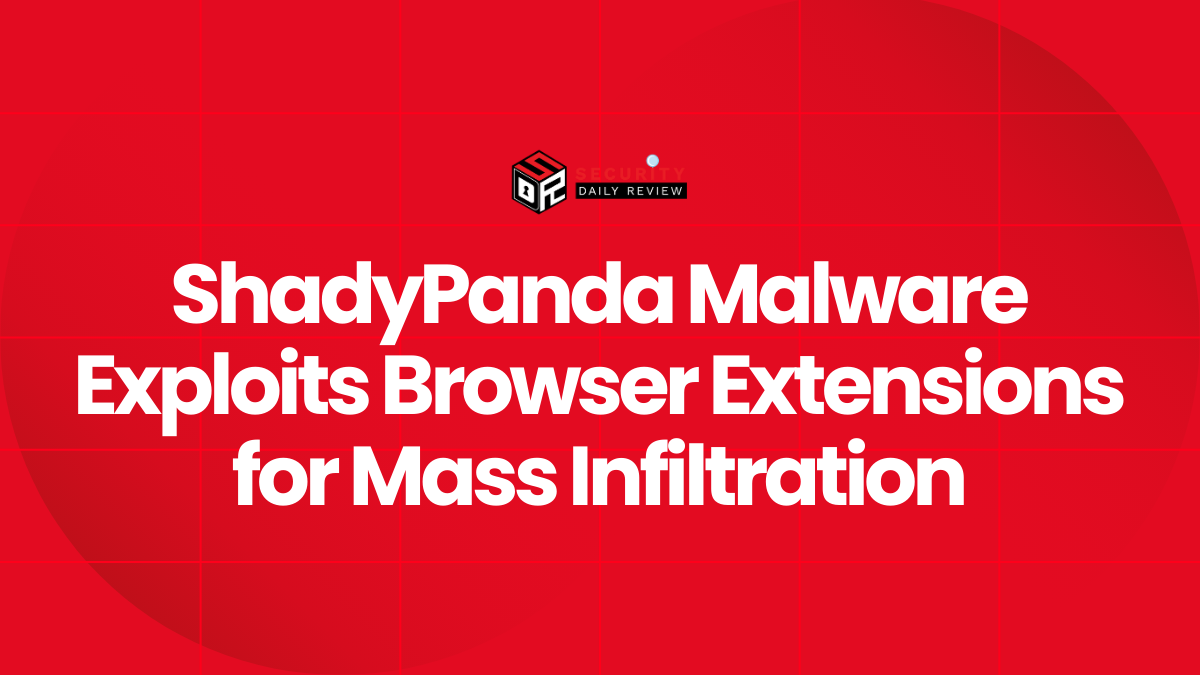A recently uncovered security flaw in Gladinet’s Triofox platform has exposed a critical pathway for remote attackers to gain SYSTEM-level privileges on affected systems. Malicious actors exploited both a misconfigured feature and Triofox’s built-in antivirus scanning component to execute arbitrary code on targeted machines. This sophisticated attack vector, blending misused application logic with privilege escalation, highlights ongoing risks in file-access technologies that integrate multiple third-party tools.
Understanding the Exploitation of Triofox’s Antivirus Scanning
Gladinet Triofox serves as a secure remote file access and sharing platform, acting as a middle layer that extends on-premises file server access to external networks via HTTPS. It appeals to enterprises for its cloud-like file access capabilities while retaining data sovereignty. But these very features became instrumental in enabling the attack.
Vulnerability in File Scanning Logic Enabled Arbitrary Code Execution
Security researchers have attributed the core of the attack to how Triofox manages antivirus scans during file uploads or transfers. In a typical configuration, Triofox inspects uploaded files by handing them off to the host system’s antivirus engine. This is achieved using a file path passed to the scanner, which then performs a scan and signals the result.
Attackers discovered that they could manipulate this scan workflow. By uploading specially crafted files — or masquerading files as benign — attackers tricked the scanning module into executing code placed within the scanned files themselves. More critically, this occurred under SYSTEM privileges, the highest access level in a Windows environment.
This flaw can be categorized as a remote code execution (RCE) vulnerability. It arises not from a direct buffer overflow or memory corruption, but from improper validation and execution context during an antivirus scan.
SYSTEM-Level Execution and Antivirus Bypass Implications
While antivirus software is traditionally used to detect malware and prevent unauthorized access, this case demonstrates how improper integration can, paradoxically, create security gaps.
Misuse of Antivirus Scanning Turned into a Privilege Escalation Tool
By chaining together two issues — insecure hand-off of file paths to the antivirus scanner and lack of input sanitization — attackers effectively turned a protection feature into a liability. The result was that code from a user-supplied file could be executed directly by the host operating system with SYSTEM-level permissions.
SYSTEM privileges allow complete control over an affected machine, including the ability to:
- Modify or delete system files
- Install or remove software, including persistent malicious payloads
- Access and exfiltrate data across multiple user sessions
As such, the impact of this Triofox privilege escalation vulnerability extends beyond a single access vector and could establish a durable presence within an enterprise network.
Mitigation Strategies Are Urgently Needed for Triofox Users
Although full details of vendor patches were not disclosed, organizations using Triofox should take immediate mitigation steps to reduce risk exposure.
Recommended Actions to Prevent Further Exploitation
- Apply Vendor Patches Immediately : If a security update is available from Gladinet, apply it without delay. Vendors typically release out-of-band patches for vulnerabilities involving RCE and privilege escalation.
- Restrict External Access : Limit access to the Triofox gateway from trusted IP addresses only. Use VPN tunneling where possible.
- Monitor Antivirus Scan Operations : Review Triofox logs for unusual file upload patterns or scan behaviors that may indicate exploitation attempts.
- Isolate Affected Systems : Any server found to be running an unpatched Triofox instance should be isolated from core infrastructure until fully remediated.
Attention should also be paid to how antivirus engines are invoked and managed. Related integration mechanisms may need hardening to protect against similar attacks in the future.
Broader Significance for Application Security and Antivirus Integrations
Attacks like this underscore a frequently overlooked vector — trust placed on third-party security tools integrated into application workflows. Antivirus engines, while essential, do not grant immunity simply by virtue of presence. When poorly implemented, they can inadvertently become part of the exploit path.
Auditing Application Security Beyond Primary Features
Developers and security engineers must treat integrations with the same rigor as core application logic. In the case of Triofox, failure to manage how file paths were passed to external scanners and how the scan results were processed opened a dangerous attack surface.
Security teams should:
- Audit third-party integration points, especially where external tools run under elevated privileges
- Treat antivirus APIs and scanners as potentially untrusted code execution environments
- Validate all file content and metadata before delegating to background scanning functions
Conclusion: A Call for Secure Implementation of Security Tools
The exploitation of Triofox’s built-in antivirus scanning reveals how integrations designed to enhance security can backfire if not implemented securely. With SYSTEM-level remote code execution made possible by chaining application design and external scanner behavior, this incident illustrates the critical need for comprehensive application security reviews — especially as enterprise platforms increasingly mesh together native and third-party functionalities.
As more file-sharing solutions adopt hybrid models combining local file access with cloud-like features, safeguarding privilege boundaries and validating data at every stage must become core principles in secure product design.









